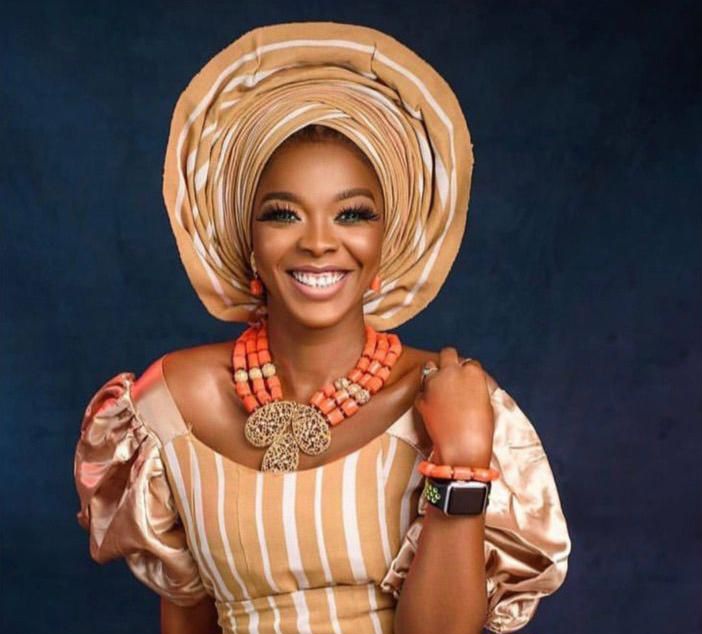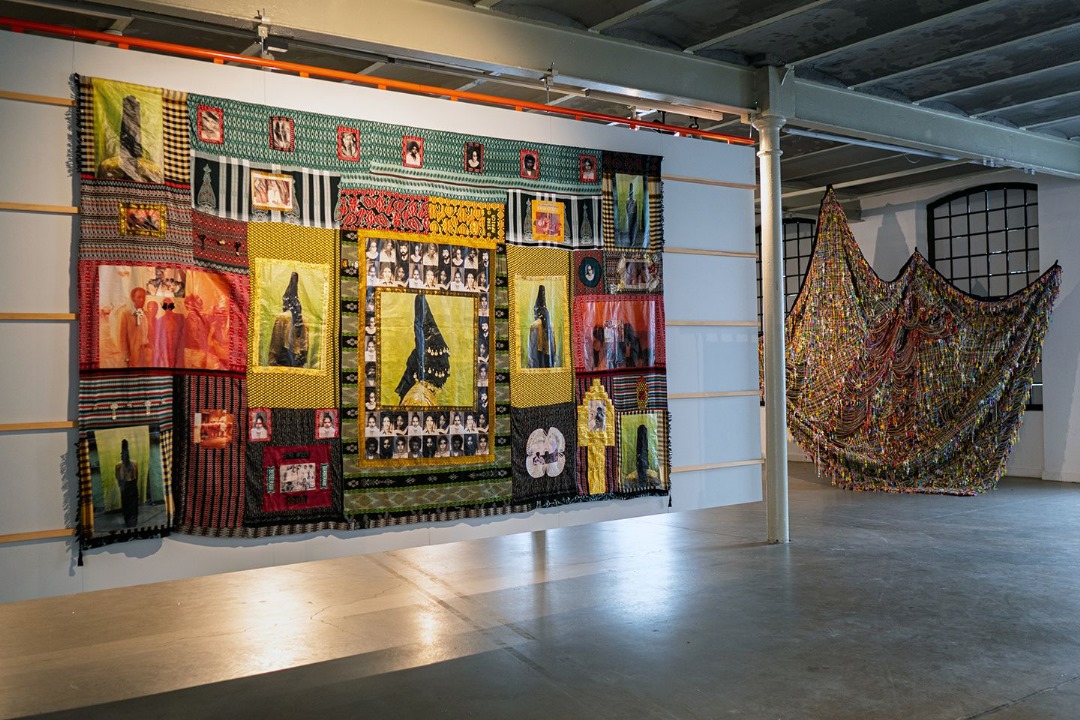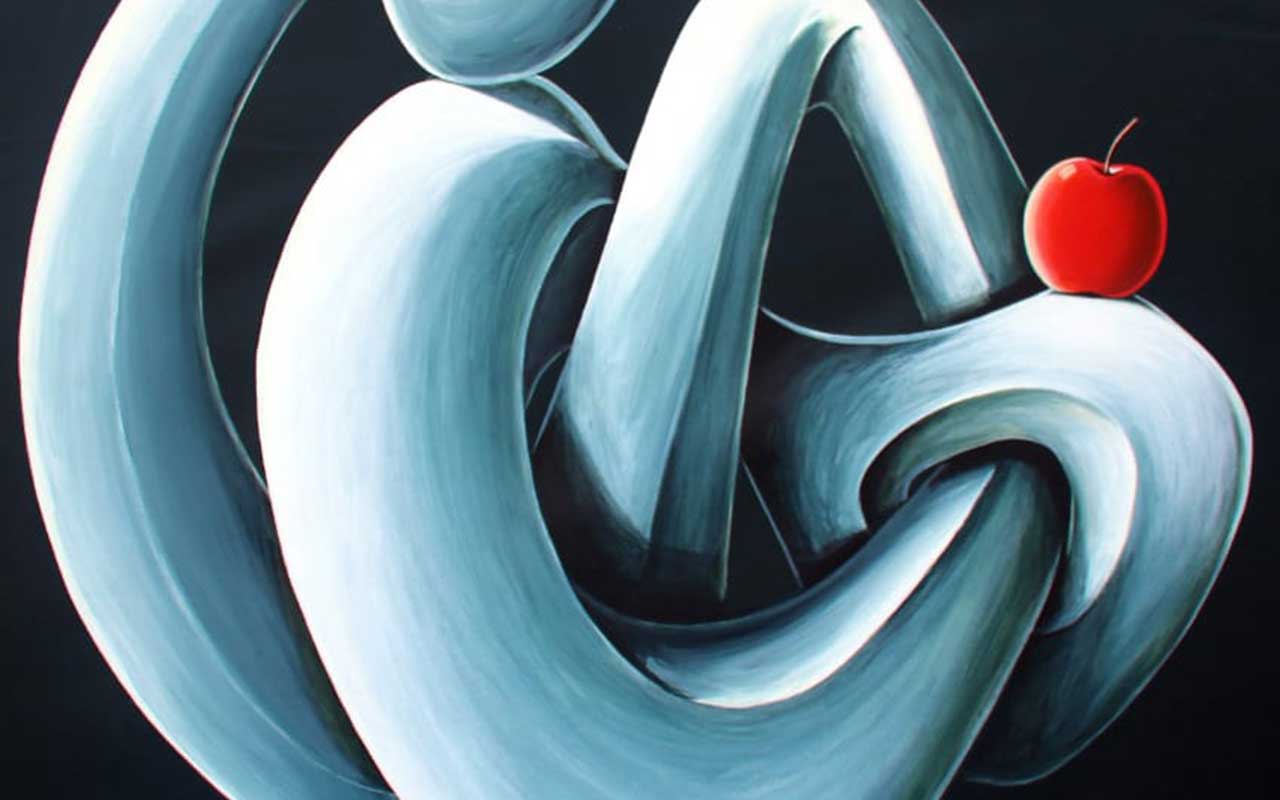 Lolade Koleosho’s photo project, Miscarriage, is an unflinching yet tender exploration of grief and healing. Through her lens, Koleosho confronts the silent struggles of women who have faced pregnancy loss, inviting viewers into an intimate and often painful journey. The use of stark black-and-white imagery strips away distraction, bringing raw emotions to the forefront—despair, resilience, and glimpses of hope emerge in haunting detail.
Lolade Koleosho’s photo project, Miscarriage, is an unflinching yet tender exploration of grief and healing. Through her lens, Koleosho confronts the silent struggles of women who have faced pregnancy loss, inviting viewers into an intimate and often painful journey. The use of stark black-and-white imagery strips away distraction, bringing raw emotions to the forefront—despair, resilience, and glimpses of hope emerge in haunting detail.
Each image tells a deeply personal story, yet it resonates universally, offering a space for shared reflection. Lolade’s ‘Miscarriage’ comes as some sort of protest, or awareness towards the quiet pain and heartbreak some women go through on their way to motherhood.
One of the most heart-rending stories in the series is that of “Sariyu.” Her narrative unfolds across a sequence of images, beginning with the expression of cautious optimism as she clings to faith after learning that her pregnancy had stalled. Despite the medical advice to end the pregnancy, she held onto the hope of a miracle. Koleosho’s photograph, titled Hoping for a Miracle, powerfully captures this moment—a mixture of longing and quiet desperation etched into Sariyu’s face.
The story takes a devastating turn when Sariyu experiences heavy bleeding, ultimately confirming the loss of her baby. Another photograph, When Her Womb Was Emptied, portrays the crushing finality of that realization. The image reflects not only the physical toll of her ordeal but also the emotional weight of accepting a heartbreaking reality. Through these portraits, Koleosho brings Sariyu’s journey to life, offering viewers a window into her pain and resilience.
Another powerful narrative centers on “Lady Abeke,” whose anonymity is preserved through self-portraits by Koleosho. Having endured eight miscarriages and two stillbirths, Lady Abeke’s life has been irrevocably coloured by loss. This is represented by an overwhelming blue tint of the photos of the model that represents this lady. These images carry strong message of deep introspection, symbolizing her isolation and the societal judgment she faces. Her story reveals the additional burden of cultural expectations and family pressures, as she moves through a world that offers little support for her pain.
Koleosho’s artistry lies in her ability to balance the pain of these experiences with the resilience of her subjects. The contrasts in her images—light and shadow, despair and optimism—mirror the complexity of healing. Viewers are invited not just to witness but to empathize, to sit with the discomfort of loss and find solace in the strength of shared humanity.
Beyond its aesthetic achievements, Miscarriage serves as a powerful social statement. By giving voice to stories often shrouded in silence, Koleosho challenges the stigma surrounding pregnancy loss. Her work calls for open conversations, not just about grief but also about the resilience required to endure it. In doing so, she celebrates the fortitude of women like Sariyu and Lady Abeke, who, despite their pain, continue to hope for brighter, more colourful days.
These works have been exhibited in the Nicoleta gallery in Berlin, and Thompson gallery in Switzerland amongst other areas in the world. Miscarriage is more than a collection of photographs—it is a profound meditation on loss, healing, and the enduring strength of the human spirit. Lolade Koleosho has created a space for both personal reflection and collective dialogue, reminding us of the power of art to illuminate the hidden struggles that connect us all.






